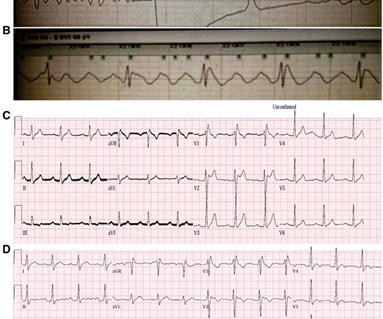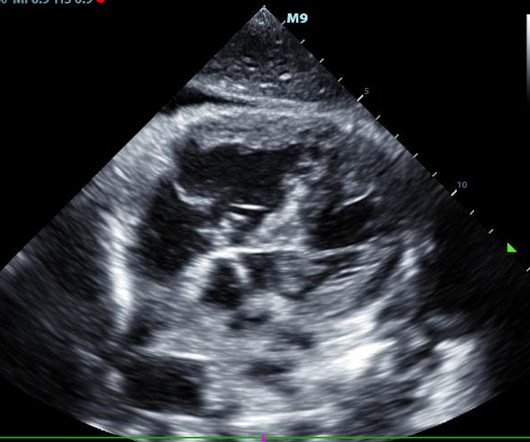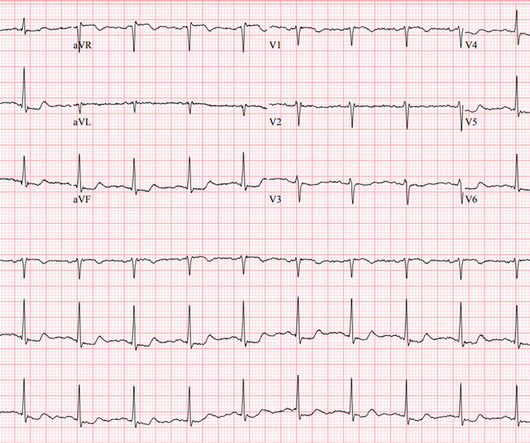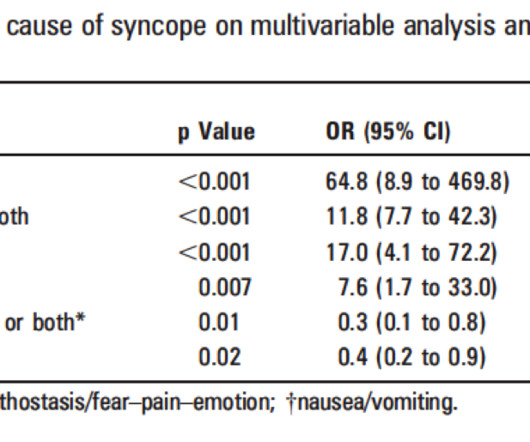Dyspnoea, dizziness and dysrhythmia in a middle-aged patient
Heart BMJ
MARCH 22, 2024
ECG at presentation was suggestive of ventricular tachycardia (VT) ( figure 1 A ). Resuscitation with urgent cardioversion in view of haemodynamic instability with wide complex tachycardia was done. Laboratory evaluation revealed electrolytes, haematological profile, renal and liver panel to be within normal limits.













Let's personalize your content